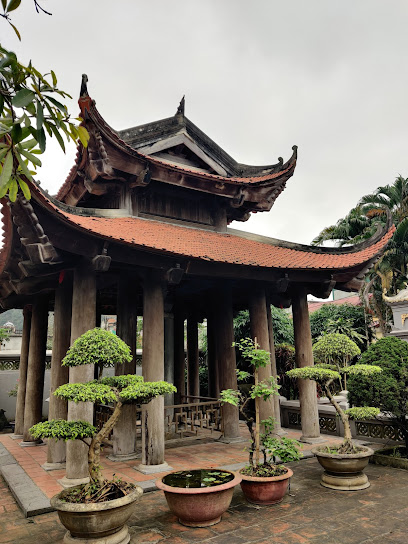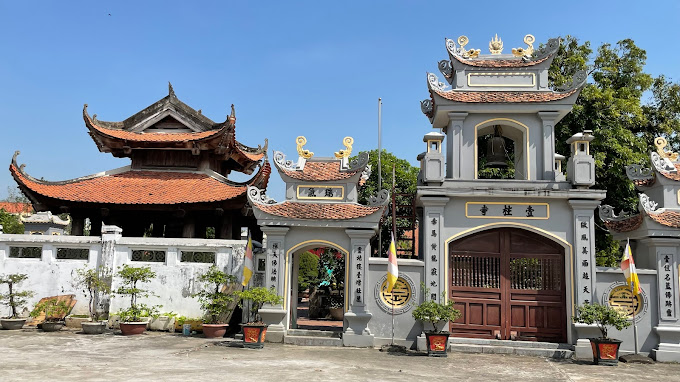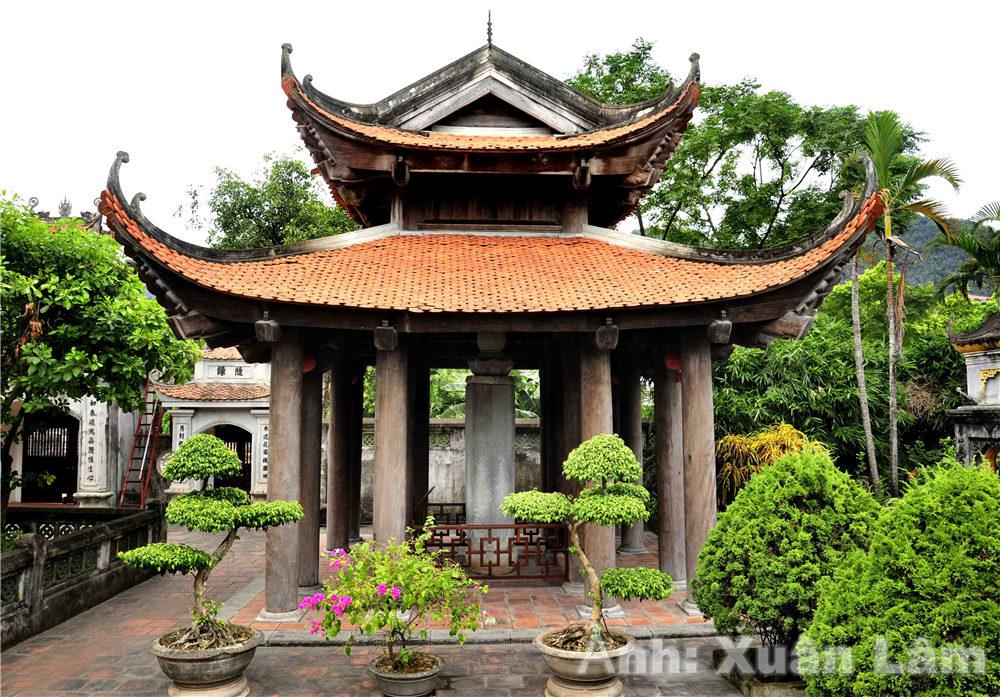One Pillar Pagoda
Overview
One Pillar Pagoda in Ninh Binh (Chùa Nhất Trụ) is a unique and historical Buddhist temple located in Ninh Binh Province, Vietnam. The pagoda is famous for its unusual design, built on a single stone pillar, symbolizing a lotus flower emerging from the water. It is an important religious site and a notable architectural landmark in the region.

History and Significance
The One Pillar Pagoda in Ninh Binh was constructed in the 17th century, modeled after the original One Pillar Pagoda in Hanoi, which was built during the Ly Dynasty. The Ninh Binh pagoda was erected during the reign of King Le Duong and has become an essential part of the local cultural and spiritual landscape. Over the centuries, the pagoda has undergone several restorations, but it still retains its historical and spiritual significance.

Architecture and Highlights
The One Pillar Pagoda in Ninh Binh is renowned for its simple yet elegant design. Key features include:
-
A single stone pillar, supporting a small wooden structure that resembles a lotus flower.
-
The pagoda’s structure, which is built in a traditional Vietnamese style and remains symbolic of Buddhism’s purity.
-
A tranquil pond surrounding the pagoda, which enhances its serene and peaceful atmosphere.
Location and Access
The pagoda is located in the Hoa Lu Ancient Capital area in Ninh Binh Province, surrounded by stunning limestone mountains. It is easily accessible by road from Ninh Binh city center and is a popular stop for tourists visiting nearby attractions like Tam Coc and Trang An.

Cultural and Spiritual Importance
As a place of worship, the One Pillar Pagoda in Ninh Binh is a significant site for local Buddhists, and it attracts visitors seeking both spiritual reflection and cultural heritage. The pagoda symbolizes Vietnam's dedication to Buddhism and serves as a reminder of the country's rich historical and architectural legacy.

